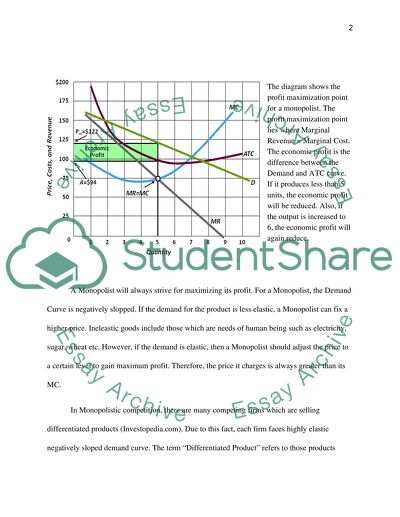Cite this document
(“What are the main differences between Monopolistic Competition and Essay - 1”, n.d.)
What are the main differences between Monopolistic Competition and Essay - 1. Retrieved from https://studentshare.org/miscellaneous/1559804-what-are-the-main-differences-between-monopolistic-competition-and-monopoly-market-structure-which-of-these-market-structures-best-serves-the-interest-of-the-consumer-and-why
What are the main differences between Monopolistic Competition and Essay - 1. Retrieved from https://studentshare.org/miscellaneous/1559804-what-are-the-main-differences-between-monopolistic-competition-and-monopoly-market-structure-which-of-these-market-structures-best-serves-the-interest-of-the-consumer-and-why
(What Are the Main Differences Between Monopolistic Competition and Essay - 1)
What Are the Main Differences Between Monopolistic Competition and Essay - 1. https://studentshare.org/miscellaneous/1559804-what-are-the-main-differences-between-monopolistic-competition-and-monopoly-market-structure-which-of-these-market-structures-best-serves-the-interest-of-the-consumer-and-why.
What Are the Main Differences Between Monopolistic Competition and Essay - 1. https://studentshare.org/miscellaneous/1559804-what-are-the-main-differences-between-monopolistic-competition-and-monopoly-market-structure-which-of-these-market-structures-best-serves-the-interest-of-the-consumer-and-why.
“What Are the Main Differences Between Monopolistic Competition and Essay - 1”, n.d. https://studentshare.org/miscellaneous/1559804-what-are-the-main-differences-between-monopolistic-competition-and-monopoly-market-structure-which-of-these-market-structures-best-serves-the-interest-of-the-consumer-and-why.


